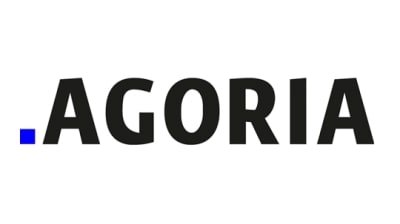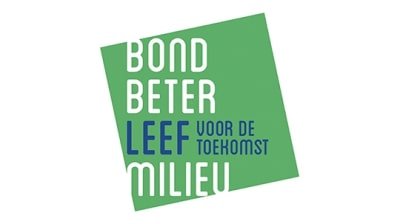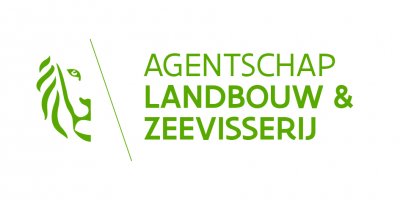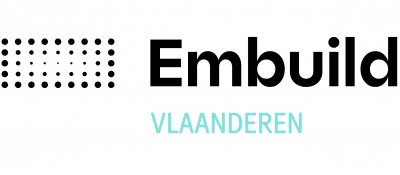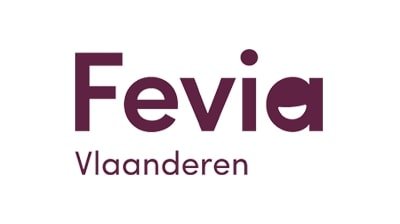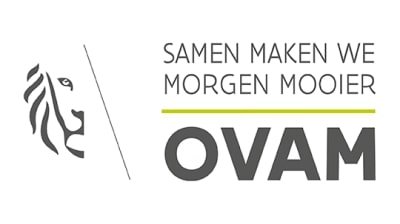Topics
We organise our actions in six thematic & strategic agendas:
Strategic Agendas:
Bio-economy
Circular Construction
Chemicals/Plastics
Manufacturing Industry
Food Chain
Water Cycles
Seven leverages provide additional support:
Leverage effects:
Lever Policy Instruments
Lever Circular Procurement
Lever Communication
Lever Innovation & Entrepreneurship
Lever Financing
Lever Jobs & Skills
Lever Research
What, why and how?
Why are we pursuing a circular economy?
Future visions 2050
How do we see our circular future?
About our management
Who steers what at Flanders Circular?
Insurability of circular construction and circular buildings
Insurability of circular construction and circular buildings
Currently, there is still (too) much uncertainty about the insurability of circular buildings or circular construction projects. This constitutes one of the biggest barriers in the transition to a more circular construction sector. Insurability is about assessing and distributing risks, and assessing those risks requires knowledge and experience, something that is still clearly lacking.
That is why SECO (from technical expertise) and Common Ground (as process facilitator) started an investigation into that threshold and possible solutions. To this end, they worked closely with a series of frontrunners from both the construction and insurance sectors.
The ambition of the research was to draw up - from consultation with both sectors - a general framework with clear steps and recommendations, aimed at collecting and sharing relevant information.
SECO Belgium nv/as
Partners Common Ground
Sectors
Themes
Organisations
Website
MOST IMPORTANT
RESULTS
- We were able to sensitise six major insurers about circular construction practices. Together, these six represent most of the construction insurance market in Flanders. At the outset, they had little knowledge of circular construction.
- A major bottleneck is the lack of information sharing on circular construction between policyholders and insurers. Thus, there is a lack of clarity for policyholders about what an insurance can or cannot cover, and under what conditions. This acts as a barrier.
- We found that insurers have insufficient knowledge of circular practices occurring among their customers. This can cause problems in case of claims, but also means that there are no statistics of claims or good experiences.
- Lack of experience with circular construction makes it difficult for policyholders and insurers to ascertain whether risks are normal or aggravated. However, this is crucial to avoid discussions about policy conditions and coverage in case of damage.
MOST IMPORTANT
LESSONS LEARNED
- Information needs to be shared faster and more targeted between policyholders and insurers. Brokers can play a facilitating role here. However, there is a need for a common language and a standardised approach.
- There is often much more insurable than thought. However, many possibilities are not covered by standard insurance policies and often tailor-made adjustments are required to meet the needs of circular construction.
- For products and techniques for which no general quality framework yet exists (e.g. quality labels or technical regulations), there is little confidence and insurers and policyholders do still see problems.
- Insurers and policyholders have limited familiarity with existing tools to identify and normalise risks if a general quality framework is lacking. In that case, a sound technical dossier, which demonstrates that risks have been controlled, is crucial.
WHAT DOES
THE FUTURE HOLD?
The survey ensured that both insurers and insured agree on the need for a faster and more targeted exchange of information regarding circular construction. But opinions still differ on the detail of the information. Insurers often want more detailed information, while policyholders prefer not to share all data for fear of too strict policy conditions. Nevertheless, in recent months we have already seen initiatives emerging that put information sharing into practice.
We are therefore convinced that our research and insights will ensure that parties will come closer together, eventually finding a workable balance.
Specifically for SECO, the study meant an improvement in services related to circular construction. For instance, since 2020 they already have 23 ongoing projects in which they assist clients in normalising risks, which has an indirect and direct beneficial impact on their policy conditions. They also launched several new services to increase confidence in innovative and reusable building materials.
Additional resources were also provided to collaborate on a technical framework for circular construction practices. Finally, since the study, they recruited two engineers with a focus on circular construction and put effort into increasing internal knowledge on circular construction across the different departments.
Specifically for Common Ground, the process provided a sharper picture of the stakeholder field of circular building. In doing so, the process served as a good example of how parties with divergent interests can eventually find common ground to take steps towards the realisation of a socially important transition.

